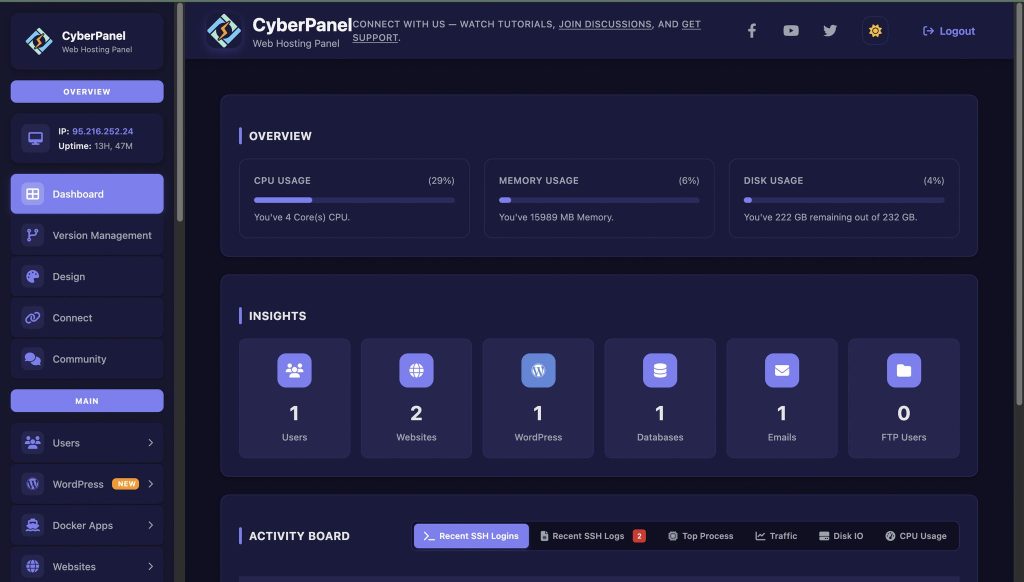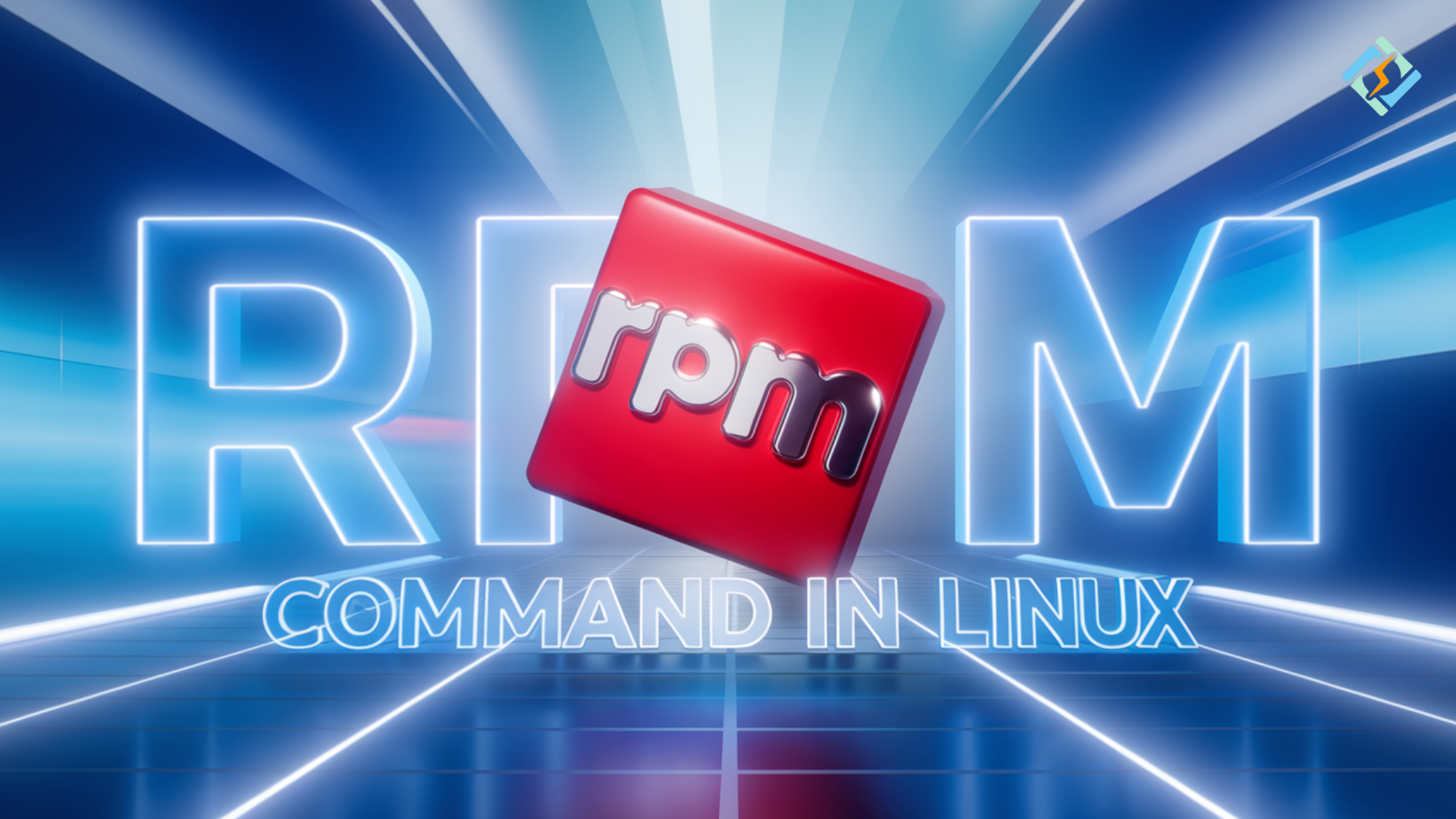Whenever you are dealing with a particular Linux distribution, some measure of package management ability is required. The RPM command in Linux provides system administrators with the capacity to install, verify, update, and delete .rpm formatted software.
Understanding the RPM in Linux is important for system administrators, developers, and ethical hackers working with Red Hat-based distributions. This knowledge allows them to track installed applications and also includes dependency troubles and integrity verification of the said packages.
Every possible thing from A to Z that can be known is what this guide professes to cover.
Let’s go together!
What is RPM Command in Linux?
Within the Linux operating system, an RPM command is a package management tool. It is used to install, update, verify, query, and remove an .rpm package. Clearly, from the name itself, it applies mainly to Red Hat distributions: CentOS, RHEL, Fedora, and the Oracle Linux.
Basic RPM in Linux Command
This is the basic RPM in Linux command:
Get exclusive access to all things tech-savvy, and be the first to receive
the latest updates directly in your inbox.
rpm [options] package-name.rpm
-i→ Install package-U→ Upgrade package-e→ Erase (remove) the package-q→ Query package info
What is the Command to Check RPM Package in Linux?
If you want to check if an RPM package is installed or not, you can use this command:
rpm -q package-name
Example:
rpm -q package-name
Output:
rpm -q httpd
This confirms the installed version of Apache HTTP Server.
What is the Command to Install RPM File in Linux?
Here is how to install .rpm file:
sudo rpm -ivh package-name.rpm
-i→ install-v→ verbose output-h→ show progress with hash marks
Example:
sudo rpm -ivh mysql57-community-release-el7-11.noarch.rpm
Command to Install RPM in Linux from a Repository
You can use the following command to install RPM packages directly from repositories:
sudo dnf install package-name
OR
sudo yum install package-name
RPM Command Cheat Sheet
| Command | Description |
|---|---|
rpm -i file.rpm | Install an RPM file |
rpm -U file.rpm | Upgrade package |
rpm -e package | Remove package |
rpm -q package | Check if installed |
rpm -qa | List all installed packages |
rpm -qi package | Package information |
rpm -ql package | Files installed by package |
rpm -V package | Verify package integrity |
Practical Examples of RPM in Linux
Here are a few practical examples of RPM usage:
Example 1: Query package details
rpm -qi bash
This command shows the detailed information like version, release, architecture, and install date.

Example 2: List files installed by package
rpm -qi bash
This command displays all file paths linked to the bash package.
Role of CyberPanel with RPM on Linux Servers

CyberPanel is a next-gen web hosting control panel. When you use it on Linux, it simplifies server operations. While the RPM command in Linux handles package management, CyberPanel offers:
- Automated installation of web server stacks (OpenLiteSpeed, PHP, MySQL)
- Built-in security tools like firewall, SSL, and ModSecurity
- Easy GUI-based updates
- Streamlined server monitoring for RPM-based distributions like CentOS
Hence, CyberPanel automates software deployment, and you can reduce the need for repetitive manual RPM commands.
People Also Ask
What does RPM stand for?
It stands for Red Hat Package Manager. It handles .rpm packages.
Can RPM command be used on Ubuntu or Debian?
No, you can’t. Ubuntu uses .deb packages with dpkg and apt.
What is the difference between rpm, yum and dnf?
The rpm in Linux- only deals with packages. Whereas yum and dnf,for the most part, manage dependencies and repositories automatically.
Culmination!
To sum up, RPM form a command in Linux that is useful for recipients from the point of view of the system administrator as well as that of the developer. Use RPM to check, install, and even verify software. It makes the package management very simple as well as effective. Combining it with CyberPanel makes server management on Linux easier.
Make package management simple for you by using RPM in Linux today!



